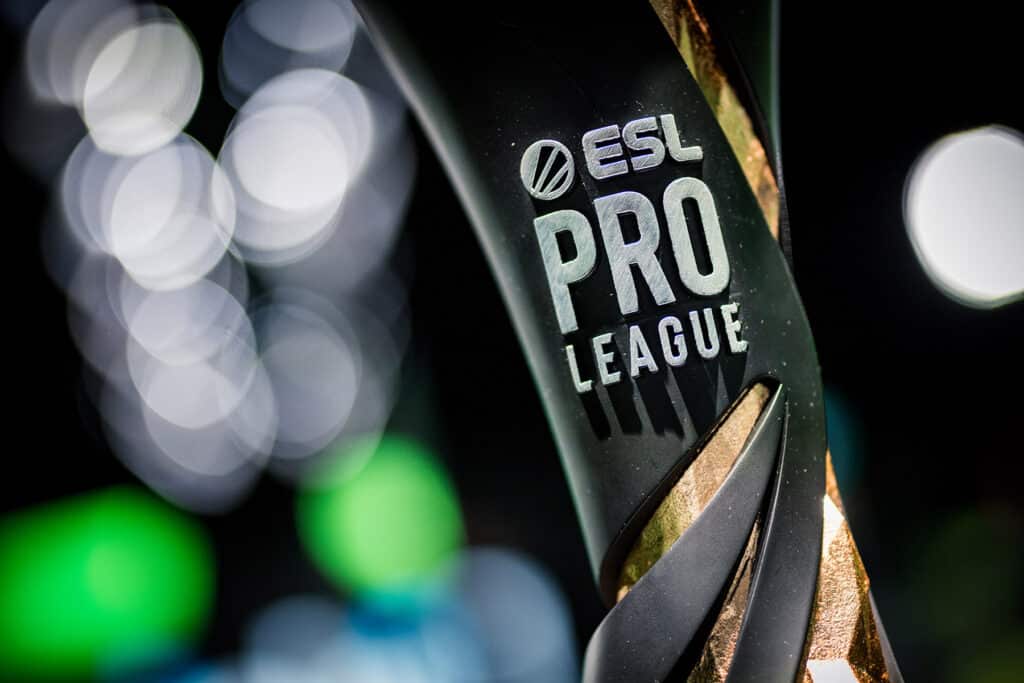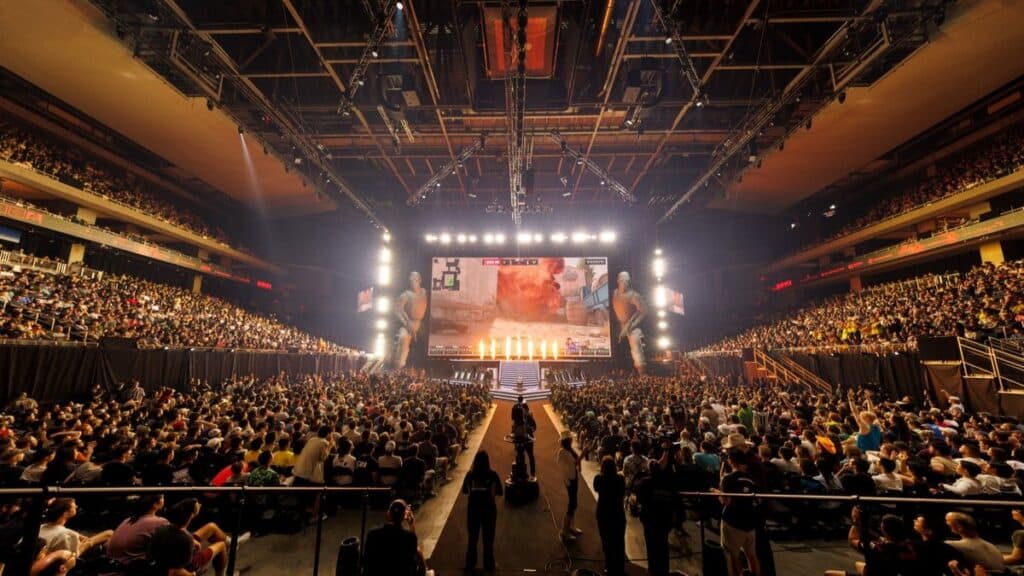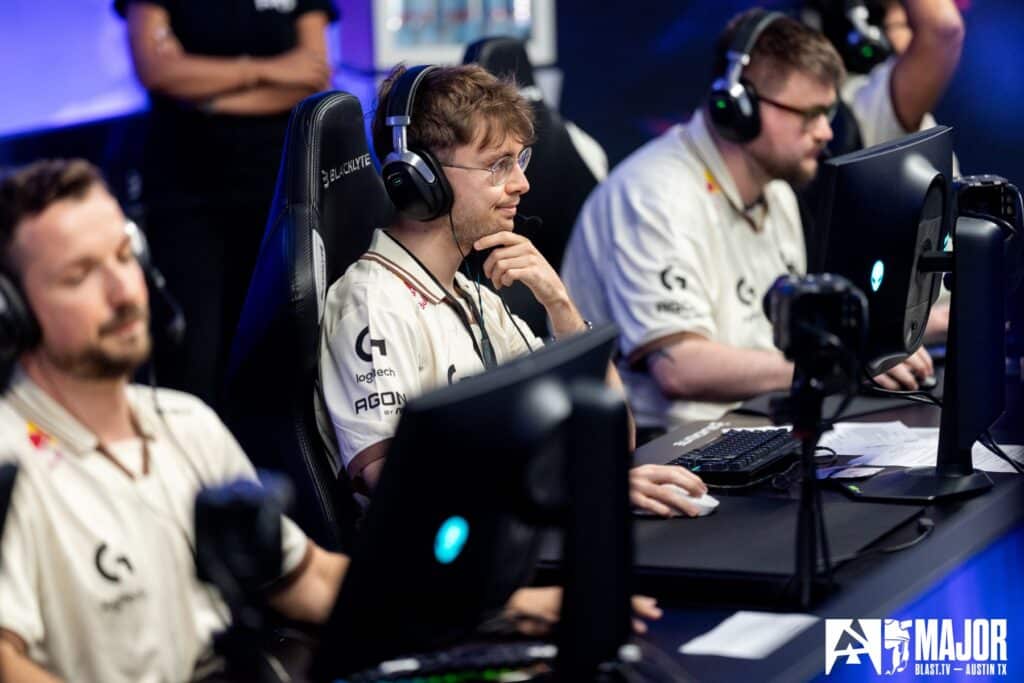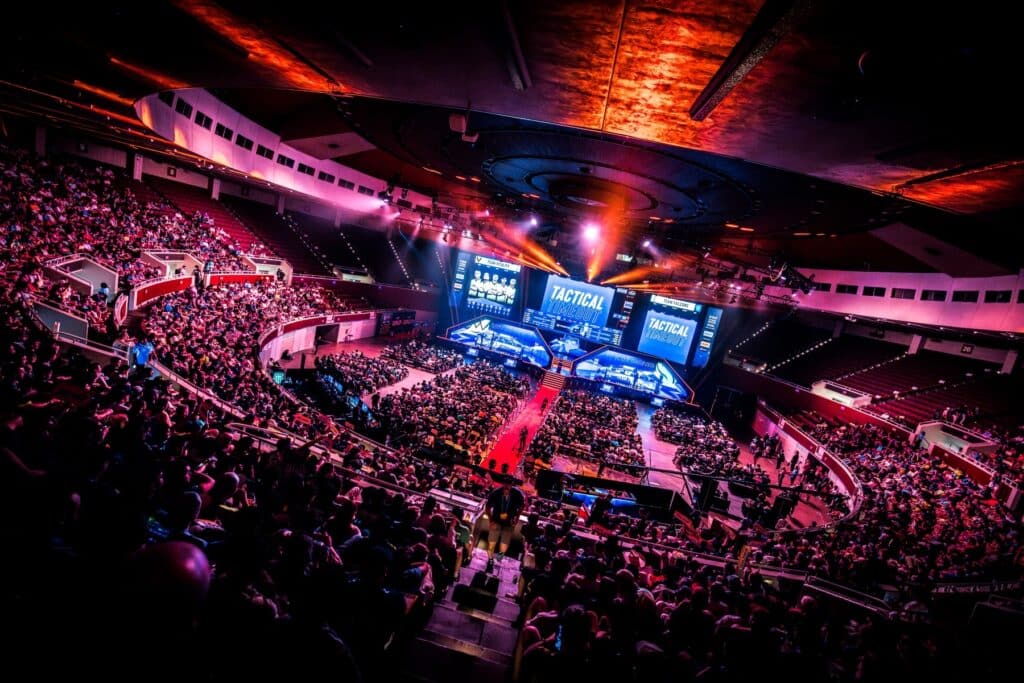The ESL Pro League and Challenger League qualification format change ushers in a new era for Counter-Strike esports, affecting how teams compete for a spot among the world’s elite. Announced this season, the revamped structure—shaped by ESEA League, ESL FACEIT Group, and Valve—aims to align with the latest tournament guidelines, creating more transparent and competitive qualification pathways for every aspiring pro. With Elite events, Valve Regional Standings (VRS), and decisive third-place matches at the heart of these updates, the Counter-Strike competitive structure is being sharply redefined for the global stage.
Understanding the new qualification pathways
This adjustment in the ESL Pro League and Challenger League qualification format centers around new, VRS-ranked Elite events that completely replace the old open qualifiers for the Challenger League. Starting this season, each Elite event opens the door to every eligible squad through broad open qualifiers. Teams that advance then enter a 16-team group stage—where only the best two secure coveted spots in the Challenger League. For competitors in ESEA Advanced, the traditional path remains: claim your season, win your playoffs, and you’ll fight for a chance to rise in the ESL Pro League qualification scene.
Elite events and the growing role of Valve Regional Standings (VRS)
A key feature of the overhaul is integrating Valve Regional Standings (VRS) directly into Elite event results. Now, Elite events hand out VRS points that directly affect a team’s regional and global standing. This system rewards consistent success and ensures top-tier teams are accurately recognized, intensifying the competition at every stage. Challenger League retains its VRS status, so every match is pivotal—not just for the prize, but also for critical ranking points and direct ESL Pro League access.
How ESEA League and ESL FACEIT Group drive competitive integrity
At the forefront, ESEA League and ESL FACEIT Group are collaborating to reshape how up-and-coming teams break into the pro scene. By removing obscure qualifiers and implementing Elite events, competition becomes more straightforward and fair. ESEA Advanced remains a crucial starting ground, but the shift places greater value on skill and consistency over luck in short qualifiers. Direct communication from ESEA to teams further ensures all competitors are prepped and understand these significant changes.
New opportunities: Third-place matches in ESL Pro Tour events
One substantial upgrade resulting from the ESL Pro League and Challenger League qualification format change is the introduction of third-place decider matches in ESL Pro Tour events, beginning with ESL Pro League Season 22. Previously, only finalists had clear paths, but now, third-placed contenders have extra stakes. These matches clarify standings and rankings, tightening the competitive structure and granting more teams a final shot at vital ranking points and prestige.
Why this qualification format change matters for Counter-Strike’s future
This comprehensive shift follows two seasons of adapting to Valve’s evolving guidelines. The purpose is clear: foster fairer advancement for all contenders and tie qualification more closely to the Valve Regional Standings. The result? A more coherent, international system where breakthrough stories become possible and the road to the top is paved with meaningful victories. With qualification pathways now easier to follow and more rewarding, the Counter-Strike competitive structure enters a new phase of professionalism and excitement.
Frequently asked questions about ESL Pro League and Challenger League qualification format change (FAQ)
Why did ESL and ESEA revise the qualification format now?
After a two-season exception period, Valve required full adoption of its latest tournament guidelines, prompting ESL and ESEA to rework the qualification process for greater fairness and alignment with Valve Regional Standings (VRS).
How do Elite events work in the new system?
Each season, two open-qualifier Elite events are held. Teams progress from open qualifiers to a 16-team group. The top two advance to the Challenger League, earning VRS points along the way.
What’s the impact of third-place decider matches in ESL Pro Tour events?
Starting with ESL Pro League Season 22, these matches provide additional ranking clarity and a final opportunity for teams to earn points and recognition, tightening the competitive ladder.
Does ESEA Advanced still provide a route to the ESL Pro League?
Yes, winners from ESEA Advanced can enter qualification playoffs for an ESL Pro League slot, though this path does not impact VRS rankings directly.
How do these changes affect new or up-and-coming teams?
The new format offers more accessible and transparent qualification pathways, making it easier for rising teams to plan their advancement and earn recognition based on consistent performance.
Sources to this article
- ESEA League and ESL FACEIT Group announcements (2025), available at: https://play.esea.net/news/
- Valve (2025). Valve Regional Standings Guidelines. https://blog.counter-strike.net/
- Direct communications with tournament organizers, internal team info.
(DonkAI for csdonkey.com)




